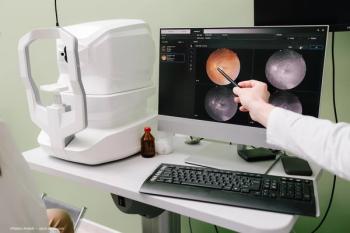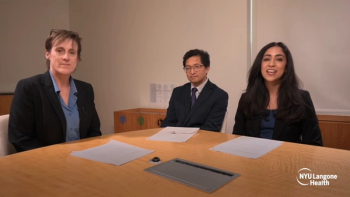
Frontera Therapeutics doses first patient in clinical trial for gene therapy FT-001 for treatment of LCA
FT-001 is administered by a one-time injection into the subretinal space of the eye that delivers a functional copy of the human RPE65 gene to the nuclei of the patient’s retinal cells.
Frontera Therapeutics today announced that it has dosed the first patient in a Phase 1 clinical trial of its lead gene therapy program, FT-001, for the treatment of Leber Congenital Amaurosis-2, a severe inherited retinal disease related to a mutation in the RPE65 gene.
According to a news release, FT-001 is administered by a one-time injection into the subretinal space of the eye that delivers a functional copy of the human RPE65 gene to the nuclei of the patient’s retinal cells.
“This is an exciting achievement for Frontera Therapeutics as we begin our first clinical trial and take a significant step forward as a company,” Yong Dai, PhD, CEO and founder of Frontera Therapeutics, said in a statement.
In September 2022, Frontera successfully obtained an IND from the Center for Drug Evaluation (CDE), NMPA, in China. Additionally, the U.S. Food and Drug Administration (FDA) cleared an IND for FT-001 earlier this year in April. This Phase 1 clinical trial is designed to evaluate the safety, tolerability, pharmacokinetics, and therapeutic effects of FT-001 as a single dose in patients with LCA-2, and is being conducted in China with an initial data readout expected in the second half of 2023.
About Leber Congenital Amaurosis-2 (LCA-2)
Leber congenital amaurosis (LCA) is a group of inherited retinal diseases characterized by severe vision loss beginning at birth. The impairment is severe and tends to worsen over time.
LCA is usually inherited as an autosomal recessive genetic condition. LCA-2, which occurs due to an autosomal recessive mutation in the RPE65 gene, accounts for 10% of all LCA diagnoses. Classified as an ultra-orphan disease, LCA is found in two to three out of every 100,000 newborns.
Newsletter
Don’t miss out—get Ophthalmology Times updates on the latest clinical advancements and expert interviews, straight to your inbox.













































